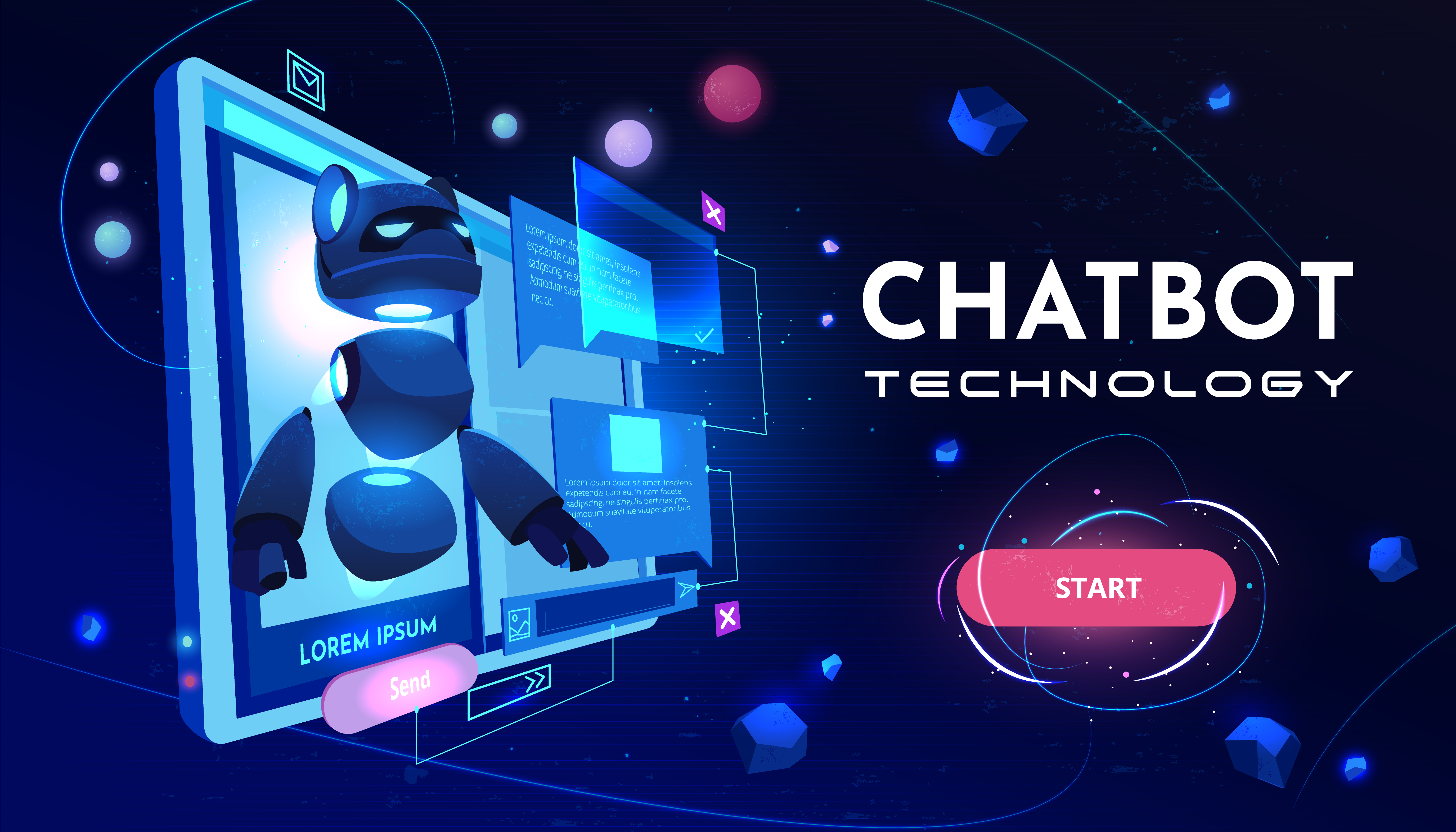Feb21

The natural language processing (NLP) model Chat GPT has the potential to transform the autonomous driving ecosystem in several ways.
Enhanced passenger communication: Chat GPT can offer a more conversational and natural interface for passengers to connect with the driverless car. The operation, condition, or itinerary of the vehicle can be questioned by passengers, and they will receive enlightening answers.
Increased safety: Chat GPT can help to increase safety by offering immediate support in crisis situations. For instance, Chat GPT can assist the car locate the closest hospital and give directions if a passenger needs medical attention.
Customized experiences: Chat GPT can assist the autonomous vehicle in giving passengers a more tailored ride.
Personalized experiences: Chat GPT can help the autonomous vehicle provide a more personalized experience for passengers. By learning passenger preferences, Chat GPT can adjust the vehicle's settings, such as temperature or music, to create a more comfortable and enjoyable ride.
Autonomous maintenance: Chat GPT can assist in the autonomous maintenance of the vehicle by providing alerts and notifications of issues and providing guidance for how to resolve them.
Overall, Chat GPT offers a natural and conversational interface for users to interact with, which has the potential to improve the user experience, safety, and maintenance of autonomous vehicles.
By assisting in the discovery of potential security risks and weaknesses and offering real-time support during emergency circumstances, Chat GPT can contribute to the safety of autonomous vehicles.
Threat detection: Chat GPT can help in identifying security risks including malware, unauthorized access, and cyberattacks. It can keep an eye on the network activity and behaviour of the car and provide notifications if it notices any unusual activity.
Management of vulnerabilities: Chat GPT can aid in managing the vehicle's vulnerabilities by spotting potential security holes and offering advice on how to fix them. For instance, it might alert the vehicle's
Real-time assistance: In the event of an emergency, Chat GPT can provide real-time assistance to passengers and first responders. For example, it can provide information on the vehicle's location, status, and potential hazards, as well as guide passengers and first responders through emergency procedures.
Continuous learning: Chat GPT can continuously learn and adapt to new security threats and vulnerabilities and provide ongoing assistance to ensure the vehicle's security remains up-to-date and effective.
Overall, Chat GPT can play a critical role in securing autonomous vehicles by providing real-time assistance, threat detection, vulnerability management, and continuous learning.
By Aditya Patro
Keywords: AI, Autonomous Vehicles, Generative AI
 The Trust Deficit in Change Programmes
The Trust Deficit in Change Programmes Management of Portfolio complexity a key to Supply Chain responsiveness
Management of Portfolio complexity a key to Supply Chain responsiveness Who Revolves Around Your Ambitions? Time to Find Out.
Who Revolves Around Your Ambitions? Time to Find Out. Raising Prices with Confidence - Why Your Mindset Matters More Than Your Script
Raising Prices with Confidence - Why Your Mindset Matters More Than Your Script The Multi-Level Architecture of Agentic RAG: A New Paradigm for Reliable AI
The Multi-Level Architecture of Agentic RAG: A New Paradigm for Reliable AI